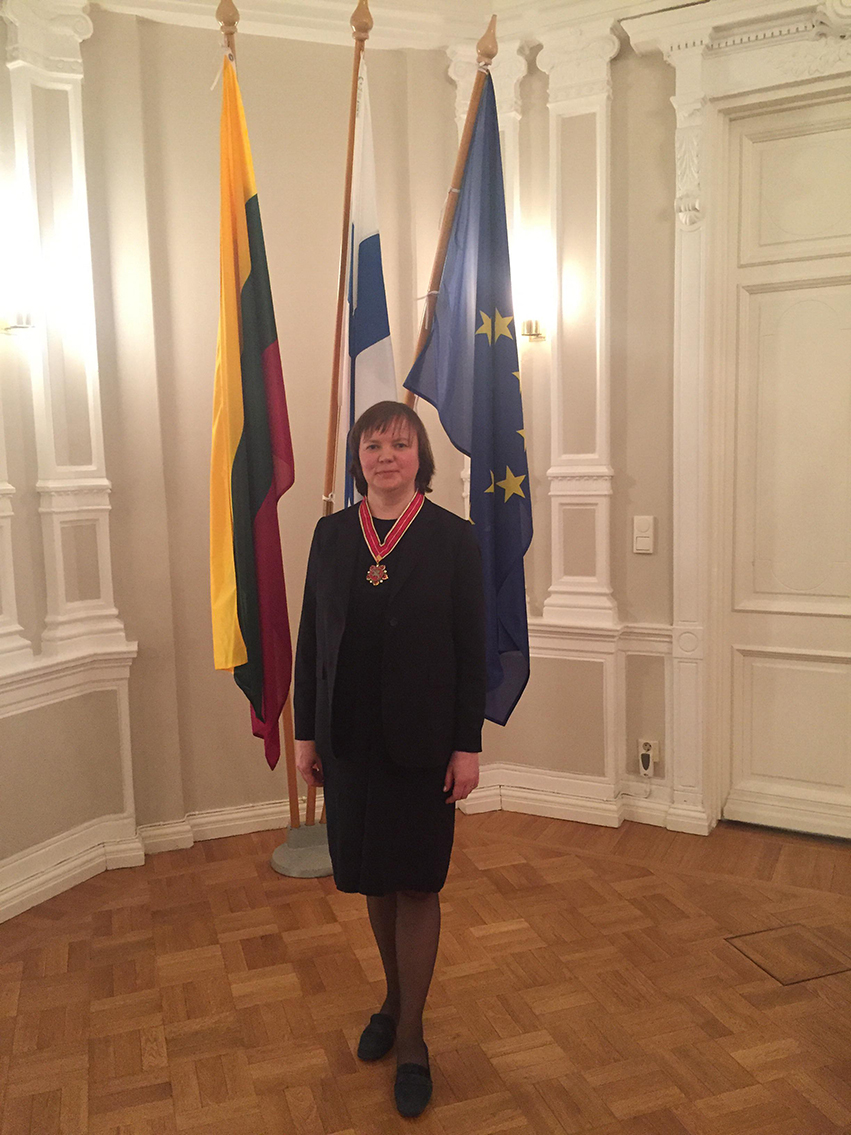International conference “Trans(n)azioni: the roads, encounters, and stories of the Italian language, literature and culture”
30 April 2019
The conference “Trans(n)azioni: the roads, encounters , and stories of the Italian language, literature and culture” was jointly organised by the Faculty of Applied Linguistics, University of Warsaw, and the Department of Italian Linguistics and Literature, Institute of English, Romance, and Classical Studies, Faculty of Philology. The purpose of the conference was to discuss the local and international role of Italian language, literature, and culture throughout the centuries and today. The conference was held on April 24 to 26 and welcomed scholars from numerous European and other universities, who delivered a rich variety of lectures. Using a comparative approach, a dialogue between Italy and the otherswas explored through stories about travelling, migration, and exile. Moreover, Italy’s attitude to the others and the others’ perception of Italy was discussed through the comparison of linguistic, literary, historical, and political systems. This exploration included discussions about the Italian language as a means of linguistic and cultural mediation in the form of volgarizzamenti, translation, propaganda, as well as conversations about the Italian language as a field of studies and docufiction. The works presented at the conference will be published as conference proceedings.





